Data Collection
For the project, a better quality video of the eye is required to distinguish the iris and the pupil. To achieve that, a USB Microscope has been modified to collect the data.
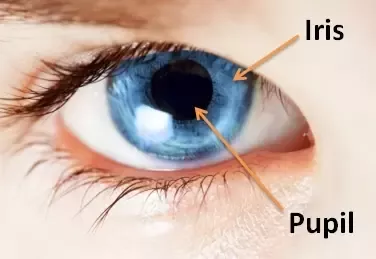
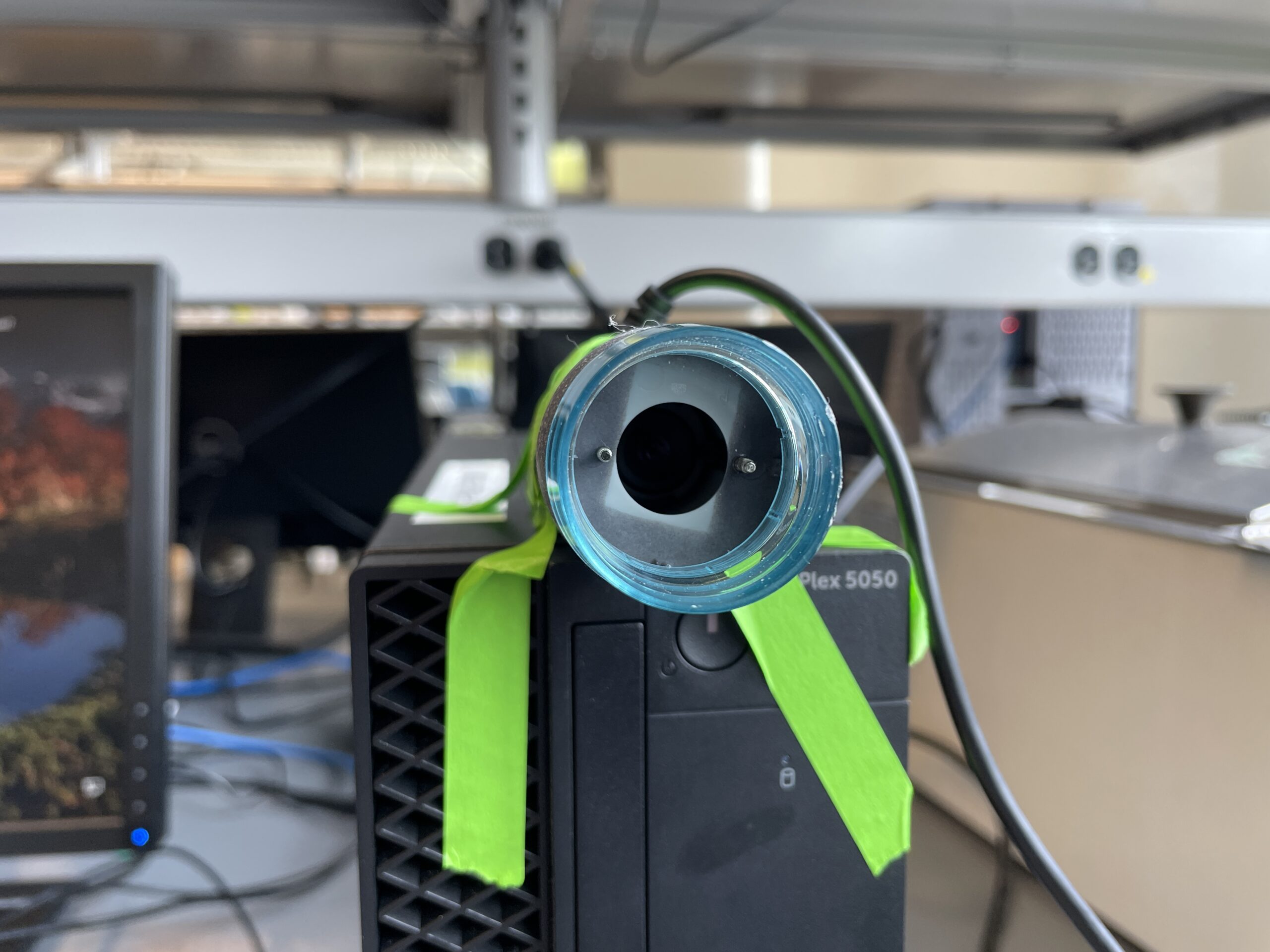
Data Processing
The stability of the data collected from the previous step is participant dependent. To make the data uniform for all the participants, Clipchamp (a video editor) has been used. To avoid bias, the number of frames for the video “without pain” and “with pain” needs to be equal.
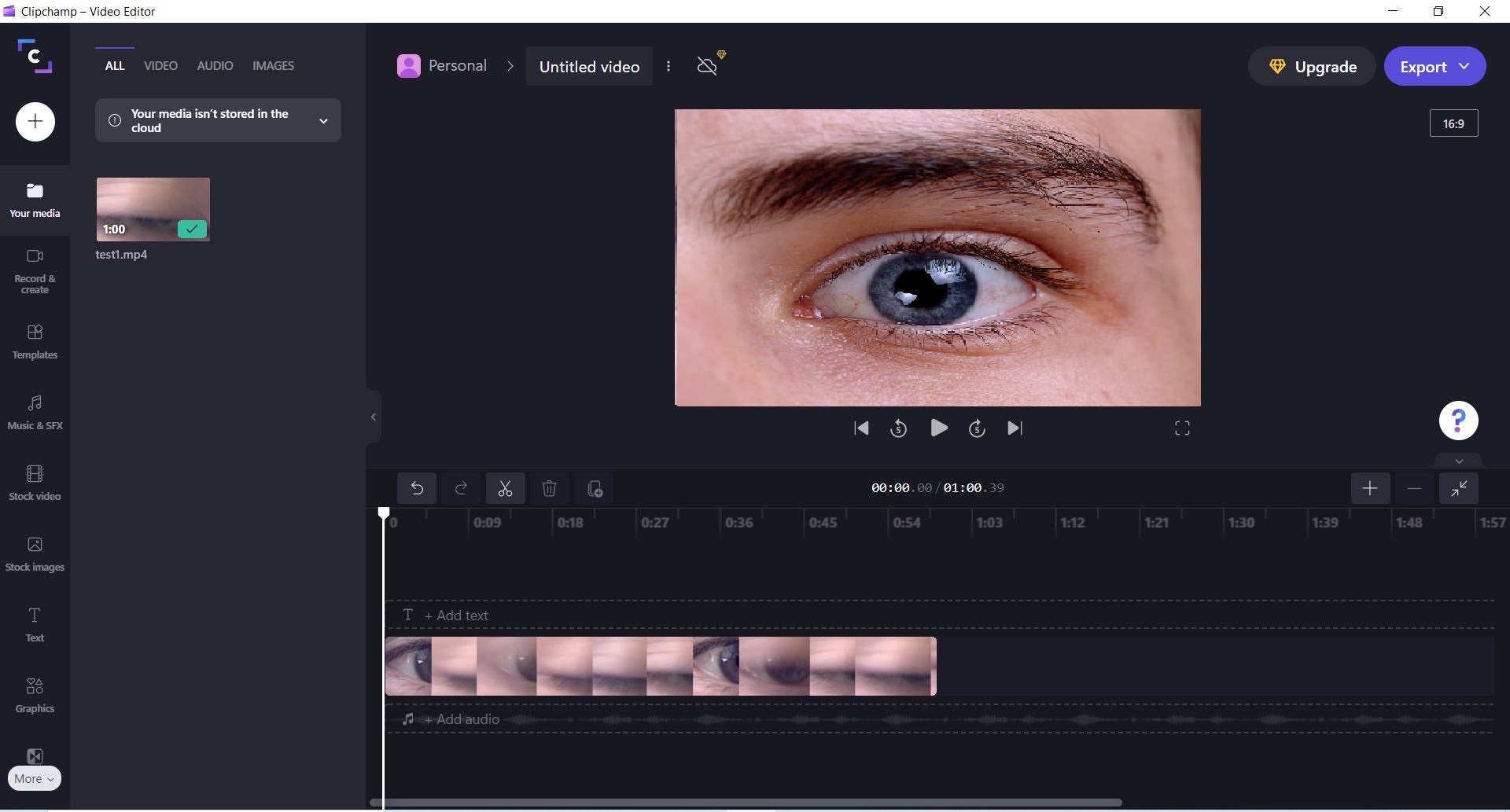
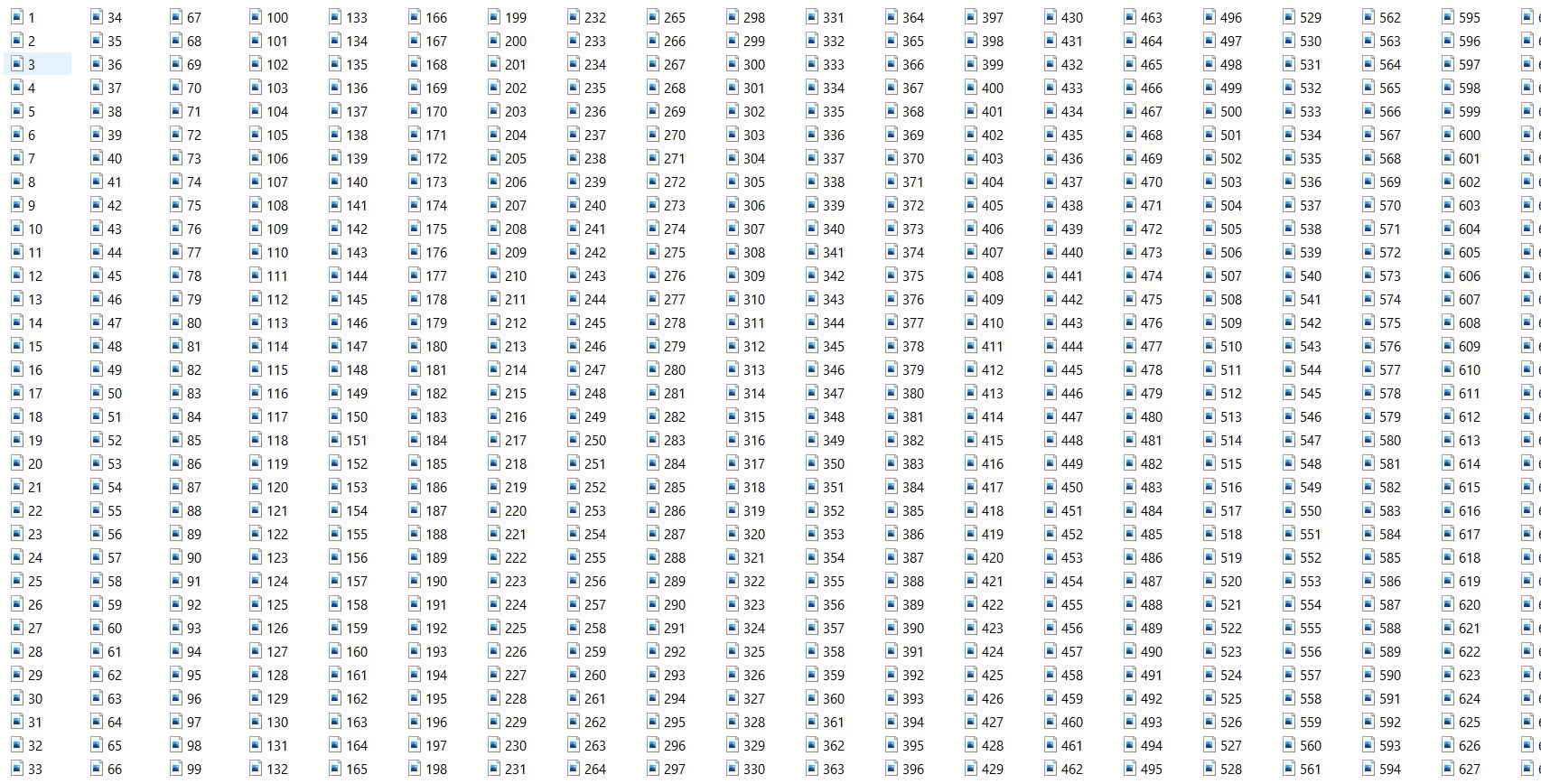
The USB microscope we have shoots up to 30 Frames per second (FPS). Fig. 4. is an example of how video gets segmented to frames.
Data analysis
After processing the data and segmenting it to frames, we then need an algorithm to identify the pupil in a frame.
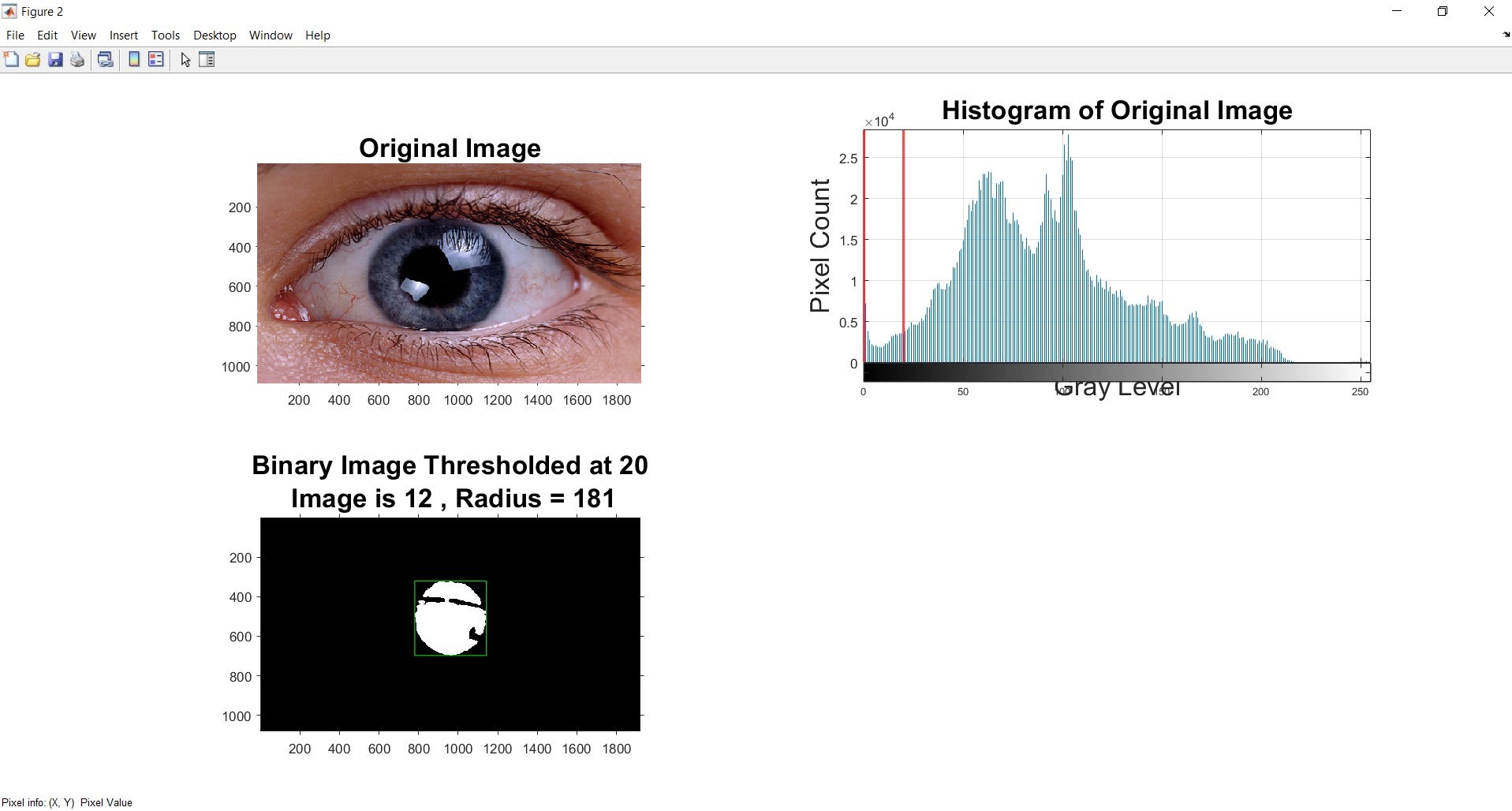
Fig. 5. shows how our algorithm detects the pupil and gives back its size.
Using MATLAB we were successfully able to develop an algorithm that is able to identify the pupil and report back its size in pixels.
We then run the same algorithm on all the frames that have been generated from the video and perform statistical analysis using MATLAB.
Note: All the participants have been informed about the experiment beforehand.